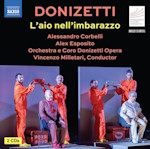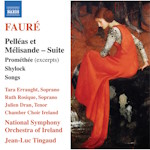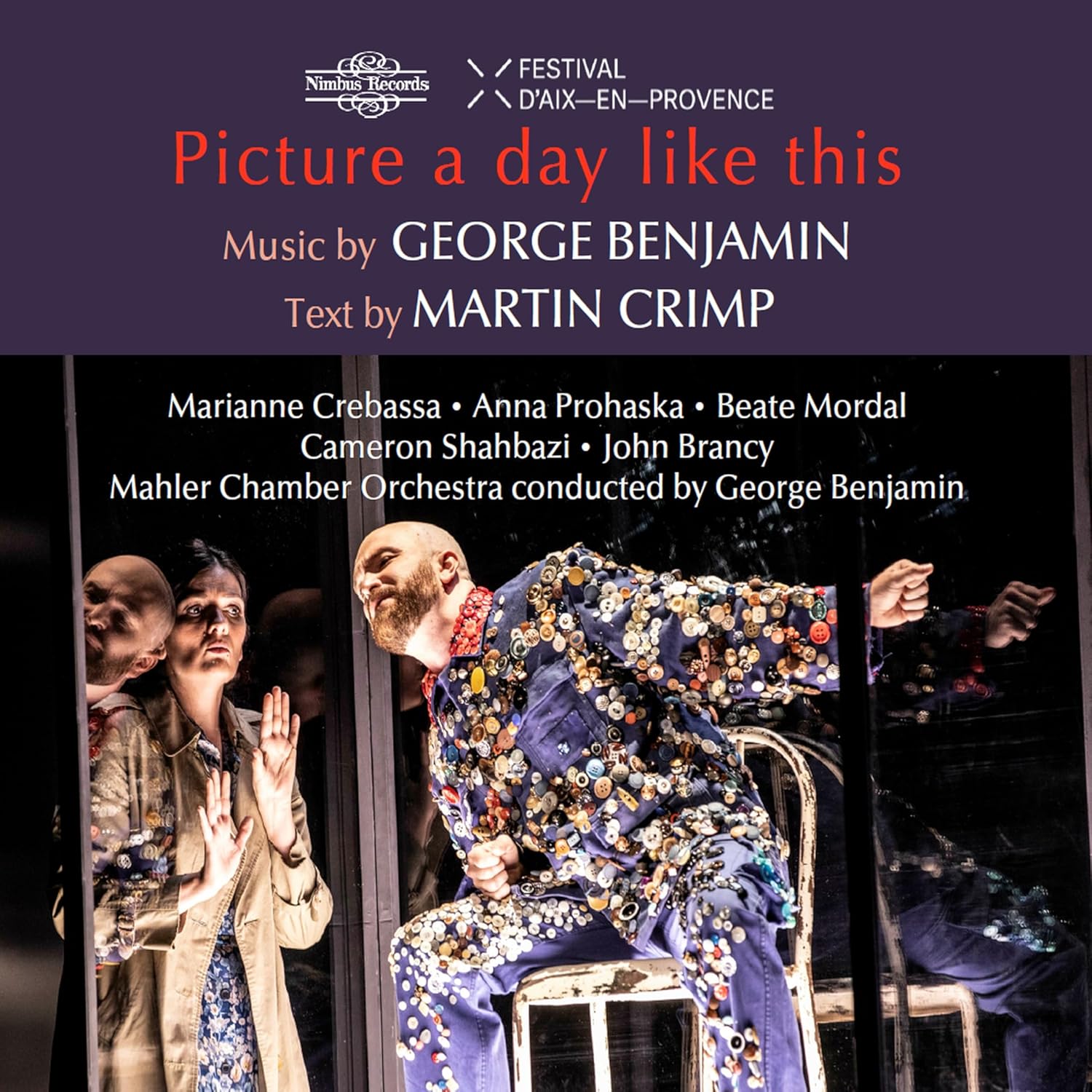Rediscovering Maude Valerie White
by Christopher Howell
The current interest in women composers has only marginally touched Maude Valérie White. Perhaps her almost exclusive output of songs is felt to play into the hands of those who dismiss Victorian women composers as the musical equivalent of the Victorian lady with her sketch book and amateur watercolours. Her one-time popularity, and even the name Maude, tempt commentators to include her in a blanket dismissal of female amateurs. This is grossly unfair. White had a thorough professional training and, from approximately 1880 to 1914, supported herself almost exclusively through her compositions. Not many male composers managed this in those years. Above all, it is grossly unjust in view of the generally high standard and wide range of her songs. Moreover, her most famous song, So we’ll go no more a-roving, has melodic and harmonic subtleties which Roger Quilter, for one, could have been proud to pen, and a glance at her settings of poems in other languages reveals a composer of unexpected range, resource and imagination. This latter point may arouse perplexity. White can seem a different composer according to the language she is setting. Is there a “real White” with a personal voice underlying this stylistic roving? Probably we need a fuller knowledge of her work to answer this.
The present article is prompted by the issue of a CD of songs by White, in which I accompany the Italian mezzo-soprano Elisabetta Paglia (Da Vinci Classics C01001). Unfortunately, it was not possible to include texts and translations with the CD, so I take the opportunity to include them here, and to expand my comments beyond what was possible in the booklet note.
To read the full article, download it as a pdf here.


















